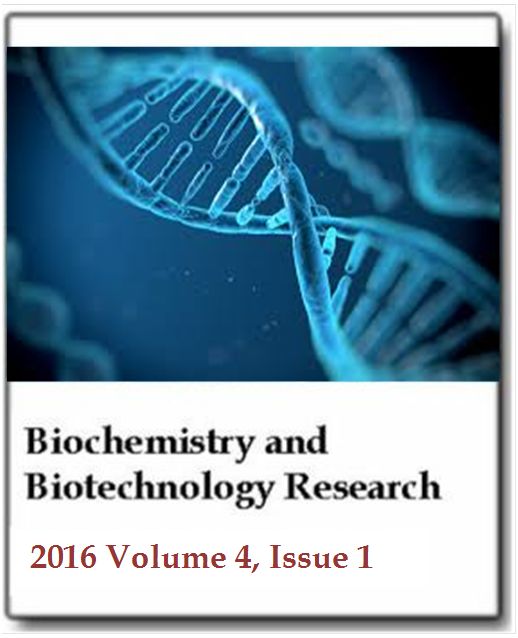In silico analysis of hotspot mutations in the bacterial NDM-1 and KPC-1 carbapenemases that cause severe MDR phenotypes
Asit Kumar ChakrabortyBiotechnology and Biochemistry Research
Published: March 16 2016
Volume 4, Issue 1
Pages 17-26
Abstract
Multi-drug resistant bacterial β-lactamases evolve rapidly with hundreds of mutations as in TEM and OXA variants. More than twenty different distinct β-lactamases (including A-D groups) were sequenced and to overcome the drug hydrolysis, hundreds of new drug derivatives were introduced as in imipenem where the “S” atom of thiazoline ring of β-lactam was replaced by “C” atom. We found here that NDM-1 and KPC-1 β-lactanase enzymes had selective hotspot mutations not found in mostly characterized class A and OXA class B enzymes. Such metallo enzymes differ catalytically with Class A serine β-lactamases that are unable to hydrolyse imipenem and β-lactamase inhibitor, cavulinic acid. KPC-2 and NDM-1 β-lactamae genes were activated in high expression mode plasmids and could hydrolyse all β-lactams (also cephalosporins and carbapenems), inhibitors and maintain severe disease phenotypes. NDM-1 variant had most hotspot mutation at amino acid positions 154 and 130. While in KPC-1 most amino acid mutations were found at positions 103, 174, 239 and 272. S174G mutation was found in all KPC clinical isolates studied. Two enzymes had distinct difference in amino acid sequence as well as mutational profiles. However, analysis of crystal data clearly stated that both enzymes could adopt a compact conformation to bind same substrate like imipenem. Further, we suggest that class B metallo-β-lactamase genes like blaKPC and blaNDM are capable to resist the mutation under antibiotic pressure. Such mutationsal analysis has profound implication to start combination therapy as well as to design common primers for PCR detection of clinical isolates necessary to understand the mode of transmission of MDR pathogens into human population worldwide.
Keywords: Anti-microbial resistant, hotspot mutation, blaNDM-1, blaKPC-2, carbapenemases, inhibitor resistant.
Full Text PDF
